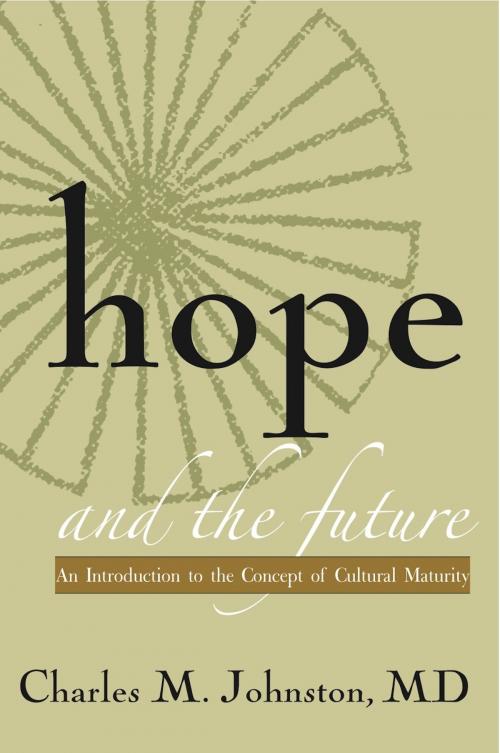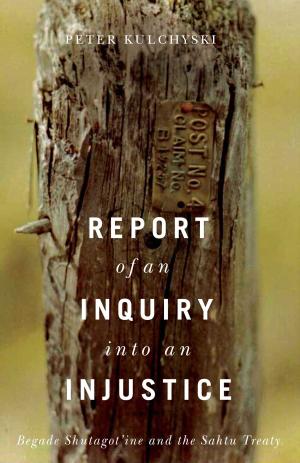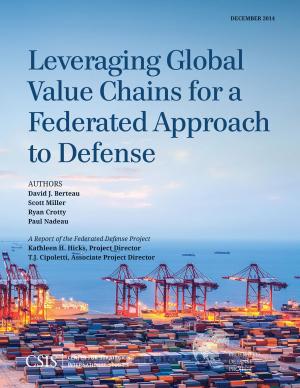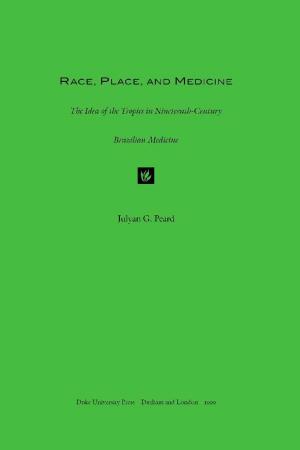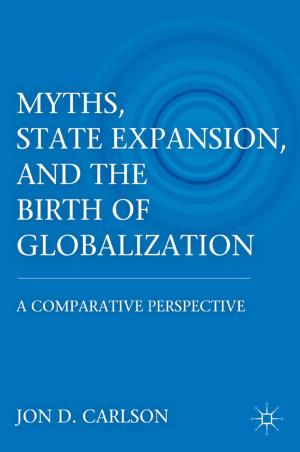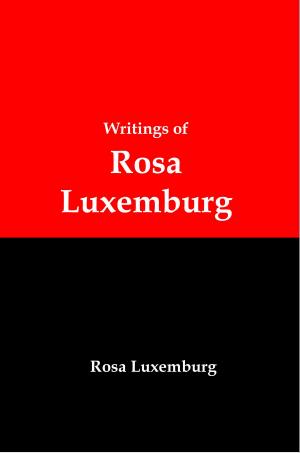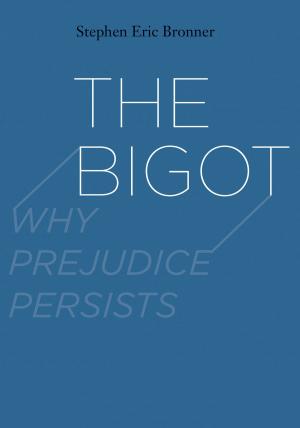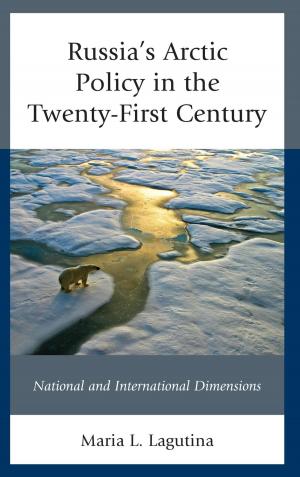Hope and the Future
An Introduction to the Concept of Cultural Maturity
Nonfiction, Social & Cultural Studies, Social Science| Author: | Charles M. Johnston MD | ISBN: | 9780974715490 |
| Publisher: | Institute for Creative Development Press | Publication: | May 1, 2014 |
| Imprint: | Language: | English |
| Author: | Charles M. Johnston MD |
| ISBN: | 9780974715490 |
| Publisher: | Institute for Creative Development Press |
| Publication: | May 1, 2014 |
| Imprint: | |
| Language: | English |
Should we be optimistic as we look to the future? Hope and the Future examines what legitimate hope for the future necessarily depends on. It describes how we face a growing number of human challenges that require that we think, act, and relate in new ways—often fundamentally new ways. And it looks at how addressing those challenges will require not just fresh ideas, but a critical “growing up” as a species—a new Cultural Maturity. This short book is one of three related new works written by Charles Johnston for difference audiences with similar intent: to help people understand the times we live in and to make sense of what the future will require of us as a species. It is intended for a general audience wanting to better understand the tasks humanity now faces. Hope and the Future introduces the concept of Cultural Maturity and examines how Cultural Maturity’s changes are necessary to a future that is at all healthy–and perhaps even survivable. It also looks at ways in which Cultural Maturity’s changes are already happening, and how, when we are ready for them, needed changes can see surprisingly straightforward: indeed, like common sense. It describes how their potential is developmentally build into us. Here Charles Johnston explores the “new common sense” on which our future depends. He describes how culturally mature understanding will be needed not just to address the most critical questions before us, but simply to make sense of them. Some of the specific questions Hope and the Future touches on include: How, given the growing availability of weapons of mass destruction, do we best support a safe human future? How do we successfully address the very real possibility of environmental catastrophe? How will we make love work in the future, with gender roles and expectations today so in flux? How, in times ahead, will we deal with numerous new concerns that require global decision-making—such as terrorism and the need for stable and trustable global economic structures? How will we make the moral decisions demanded of us—given both their growing complexity and the weakening of cultural guideposts that we have relied on in times past? And most ultimately important, how do we best conceive of progress, if our actions are result in real human advancement? The concept of Cultural Maturity provides a direct answer to this last most important of questions. In doing so, it provides a compelling guiding story for going forward. It also provides concrete guidance for taking on the tasks before us. Because it is short and written for a general audience, of Dr Johnston’s new books Hope and the Future is for most people the place to start for understanding his thinking. It is also the work that is most readily adapted for use in teaching situations.
Should we be optimistic as we look to the future? Hope and the Future examines what legitimate hope for the future necessarily depends on. It describes how we face a growing number of human challenges that require that we think, act, and relate in new ways—often fundamentally new ways. And it looks at how addressing those challenges will require not just fresh ideas, but a critical “growing up” as a species—a new Cultural Maturity. This short book is one of three related new works written by Charles Johnston for difference audiences with similar intent: to help people understand the times we live in and to make sense of what the future will require of us as a species. It is intended for a general audience wanting to better understand the tasks humanity now faces. Hope and the Future introduces the concept of Cultural Maturity and examines how Cultural Maturity’s changes are necessary to a future that is at all healthy–and perhaps even survivable. It also looks at ways in which Cultural Maturity’s changes are already happening, and how, when we are ready for them, needed changes can see surprisingly straightforward: indeed, like common sense. It describes how their potential is developmentally build into us. Here Charles Johnston explores the “new common sense” on which our future depends. He describes how culturally mature understanding will be needed not just to address the most critical questions before us, but simply to make sense of them. Some of the specific questions Hope and the Future touches on include: How, given the growing availability of weapons of mass destruction, do we best support a safe human future? How do we successfully address the very real possibility of environmental catastrophe? How will we make love work in the future, with gender roles and expectations today so in flux? How, in times ahead, will we deal with numerous new concerns that require global decision-making—such as terrorism and the need for stable and trustable global economic structures? How will we make the moral decisions demanded of us—given both their growing complexity and the weakening of cultural guideposts that we have relied on in times past? And most ultimately important, how do we best conceive of progress, if our actions are result in real human advancement? The concept of Cultural Maturity provides a direct answer to this last most important of questions. In doing so, it provides a compelling guiding story for going forward. It also provides concrete guidance for taking on the tasks before us. Because it is short and written for a general audience, of Dr Johnston’s new books Hope and the Future is for most people the place to start for understanding his thinking. It is also the work that is most readily adapted for use in teaching situations.
